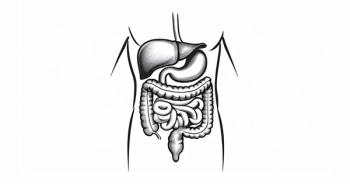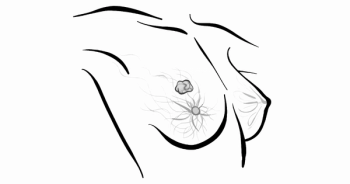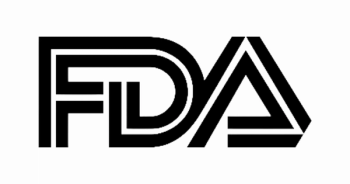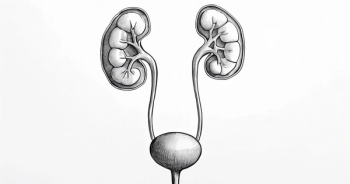
Reduced-Dose RT Safe & Effective for Head & Neck Cancer, Lowering Toxicity
Reduced-dose radiotherapy in head & neck cancer shows similar efficacy to standard dose but with lower toxicity, per findings from the UPGRADE-RT trial.
Reduced-dose definitive radiotherapy (RT) continues to appear safe and effective with lower toxicity in head and neck cancer (HNC), according to findings from the randomized, multicenter UPGRADE-RT trial (NCT02442375).
A total of 300 patients at 5 centers in the Netherlands were randomized 2:1 to receive a reduced dose of elective neck irradiation at 43 Gy vs a control standard dose of 50 Gy. At 1 year, the mean normalcy of diet score, the study’s primary end point, was 91.6 (95% CI, 88.5-94.7) in the reduced-dose group vs 92.6 in the control group (range, 88.2-97.1). At 2 years, the rate of recurrence was 4.9% (upper-bound 1-sided 95% CI, 7.5%) vs 4.3% (upper-bound 1-sided 95% CI, 7.7%) in the dose reduction and control groups, respectively.
UPGRADE-RT was published in the Journal of Clinical Oncology and is the second randomized control trial showing that reduced-dose RT is safe and effective in this patient population, according to investigators.
Study authors noted that there were no improvements observed in normalcy of diet; however, “nearly 90% of the participants had unrestricted full diet at 1- and 2-year follow-up, leaving virtually no possibility for improvement.”
Further, in the dose-reduction group, there were fewer incidences of grade 3 or higher acute dysphagia, which was qualified as requiring a feeding tube, and better xerostomia-related quality of life.
Overall survival (OS) was improved in the reduced-dose group vs control group, with a median OS of 83.3 months (95% CI; 78.1-88.7; P =.483) and 78.7 months (range, 71.0-87.2), respectively.
Authors provided the caveat that these results are applicable to patientreceiving only RT and cannot directly apply to those receiving standard courses of chemoradiation. Additionally, in the Netherlands, where the study took place, concurrent chemotherapy is used more sparingly than in other countries. However, European consensus guidelines indicate that patients 70 or older, which comprise 40% of the study population, and those with T3N0-1 cancers, which is 23% of the population, do not qualify for concurrent chemotherapy.
“…There is a window of opportunity for dose reduction to [lymph nodes] while maintaining treatment efficacy. Because [elective neck irradiation] contributes to dysphagia and xerostomia in a dose-dependent way, this approach is expected to reduce toxicity and to better preserve quality of life,” study authors wrote.
Regarding patient characteristics, 81% and 74% were male in the control and dose-reduction groups, 23% and 26% (n = 52) were 59 or younger, 33% and 35% were between 60 and 69, 36% and 32% were between 70 and 79, and 7% and 7% were 80 or older. Most patients in both groups had stage III disease (control, 41%; reduced-dose, 40%), and 12% of the control group and 8% of the reduced-dose group were never smokers.











































